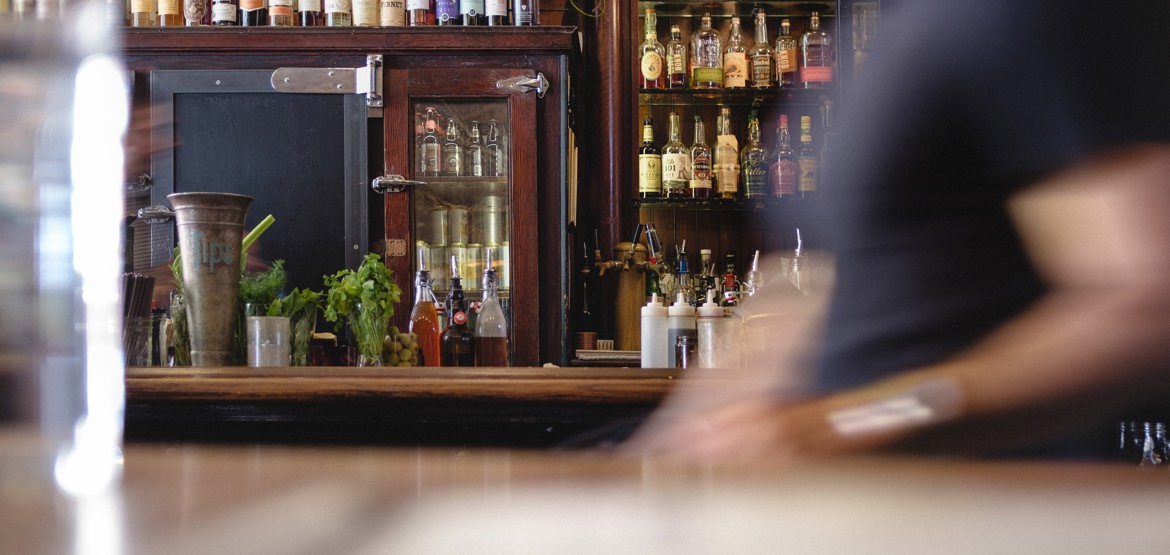Why your wine is getting stronger
With the UK hosting the 2021 UN Climate Change Conference (COP26) on 31 October, we look at how the climate crisis is impacting the strength of wine and what that could mean for you.

If you like to enjoy the occasional glass of red wine in the evening, it may surprise you to know that your drink of choice has slowly been getting stronger over the years [1]. Even more surprisingly though, may be the fact that the main reason behind this change is global warming. With climate change dominating the news right now, you might already know a fair bit about the impact it has on our planet. But how can this environmental crisis affect the strength of your wine too?
How climate affects the wine you drink
Wine is produced from grapes grown in vineyards, through a process called fermentation. During this process, natural sugars in the grapes are converted to alcohol. When temperatures in vineyards are warmer, the grapes produce more sugar. So, higher temperatures mean more sugar in grapes, and that results in more alcohol in your wine.
Global warming isn’t the only factor involved. Climate change may have driven the higher alcohol content, but over time, our tastes as consumers have changed too. Wines with higher alcohol content are often reported to have stronger, bolder flavours, causing these wines to be favoured by consumers and winemakers alike.
This situation is unlikely to continue indefinitely for a variety of reasons. Too high an alcohol content can negatively affect the flavours in the wine for one thing. And with more consumers beginning to favour lower alcohol content [2] there’s some amount of pushback on higher strength wines. Winemakers are also starting to explore different methods to lessen the effects of climate change and control alcohol levels in their wine.
What does stronger wine mean for you?
If your wine is stronger than you realised, you could be drinking more alcohol than you intended. And this could be putting your health at greater risk. The UK Chief Medical Officers’ (CMO) low risk drinking guidelines advise that it’s safest not to drink more than 14 units a week, spread across three or more days, with several drink-free days and no bingeing. Regularly drinking more than this increases the risk of long-term health problems, including heart disease, liver disease and several cancers.
A wine’s strength is measured as a percentage, called ABV or alcohol by volume. The higher the percentage, the more alcohol there is – and the greater the number of alcohol units per drink. For example, drinking six 175ml glasses of average strength 13% ABV wine across one week would keep you just below the 14 units a week low risk guidelines. But the same amount of a 14.5% ABV wine would clearly put you over this level.
Check the strength of your wine
Checking a wine's ABV will give you a guide to how strong it is. In the UK, any alcoholic drinks, including wine, must display this value on its labelling [3]. A wine that’s 12% ABV might be displayed as “alc 12% vol”. If you’re ordering wine in a restaurant or pub, it’s a good idea to check the drinks menu or ask the bar staff before ordering.
Our unit and calorie calculator can also quickly tell you how many units are in your drink. Remember, that wines with a higher ABV will increase your number of units.
You can also work out how many units are in your drink for different strength wines through the following calculation [4].
Multiply the volume of your drink (in ml) by the ABV, and then divide this value by 1,000. Or in other words, ml x ABV ÷ 1,000 = units
So, for a large glass of wine (250ml) with 14% ABV, the number of units would be: 250 x 14 ÷ 1,000 = 3.5 units.
Tips to cut down your drinking
There are lots of easy ways you can ensure you are staying stay well below the low-risk guidelines of 14 units. Even a few small changes could help reduce your risks of alcohol harm.
- Always check the strength of your wine and opt for a lower ABV. Or switch to a low alcohol version or alcohol-free drink
- Reduce your glass size. Whether it’s out in the pub or at home, opting for a small glass rather than a large will help you to cut down
- Think about your triggers. What makes you reach for the bottle – is it to celebrate, wind-down after work or simply habit? Try to think of something else you enjoy that you can do at these times instead
- Aim for several Drink Free Days every week
- Lastly, track your drinking with the My Drinkaware app for a hassle-free way to monitor and reduce your drinking. You can also use the app to plan alcohol-free days and celebrate all your achievements along the way
References
[1] Liv-ex. Alcohol levels in wine are rising and here’s the proof. 21 June 2021. Available at: https://www.liv-ex.com/2021/06/alcohol-levels-wine-rising-proof [Accessed 19 October 2021]
[2] IWSR No and Low Alcohol Products Gain Share Within Total Beverage Alcohol. February 2021. Available at: https://www.theiwsr.com/wp-content/uploads/IWSR_No-and-Low-Alcohol-Gains-Share-Within-Total-Beverage-Alcohol-2021.pdf [Accessed 22 October 2021]
[3] Food Standards Agency. Alcoholic beverage labelling. Requirements. Available at: https://labellingtraining.food.gov.uk/module10/overview_1.html [Accessed 19 October 2021]
[4] NHS. Alcohol Units. Alcohol Support. 13 April 2021. Available at: https://www.nhs.uk/live-well/alcohol-support/calculating-alcohol-units [Accessed 22 October 2021]